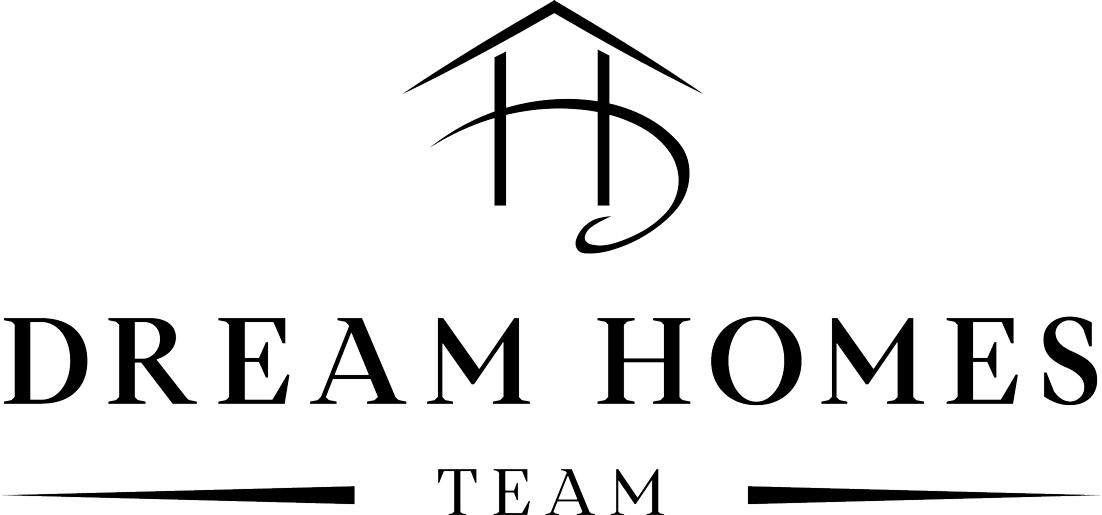Tips to enhance your chances of success in this competitive market.
Are you interested in real estate investing and wondering how to finalize a deal and maximize profits on your properties? Today, I’m excited to share some of my personal secrets and essential rules that have guided my successful real estate journey for the past 15 years in areas like San Diego and Riverside. Let’s dive right in!
1. The 1% Rule: Mitigating Risk and Maximizing Profits
The first and most crucial rule I live by is the 1% rule. This rule is simple yet powerful: If you purchase a property for $300,000, you should aim to generate at least $3,000 in gross rent. By following this guideline, you can effectively mitigate risk and increase your potential for higher returns.
The 1% rule allows you to assess the income potential of a property before making a purchase. When the gross rent covers approximately 1% of the property’s purchase price, you have a better chance of profiting from your investment. It’s a reliable indicator that helps you avoid unfavorable deals and select properties with greater potential for returns.
2. Setting Minimum Rental Income: The $400 Per Unit Rule
In addition to the 1% rule, I follow another important guideline: the $400 per unit rule. This rule means that after accounting for expenses such as electricity, gas, water, mortgage payments, taxes, and insurance, I aim for a minimum of $400 in profit per unit.
For instance, if you own a fourplex, you should target a total profit of at least $1,600 after accounting for all necessary expenses. This way, you’ll ensure that each unit generates sufficient income to cover expenses and still leaves you with a healthy profit.
3. Start Small, Mitigate Risks: The Power of Attached Units
If you’re new to real estate investing or lack substantial capital, it’s wise to start small to mitigate risks. Investing in two, three, or four attached units can be a game-changer. When these units share one roof, common water heaters, and heating systems, it simplifies property management and reduces maintenance costs.
By focusing on properties with attached units, you streamline the repair and maintenance process, making it more manageable and less overwhelming. This approach can be especially valuable for beginners or those looking to diversify their real estate portfolio without taking on excessive risk.
4. Understanding Pro Forma and Projected Rents
When analyzing potential real estate deals, it’s essential to understand the concepts of pro forma and projected rents. Pro forma refers to the projected financial performance of a property, considering the potential income and expenses. Projected rents, on the other hand, are estimates of the rental income you can expect from a property.
Keep in mind that while aiming for a 1% return may not be possible with properties on the market, understanding pro forma and projected rents allows you to make informed decisions. You may need to invest some money upfront to improve a property’s income potential, but it can be a worthwhile venture in the long run.
For more expert insights and golden rules on real estate investing, don’t hesitate to reach out to me by phone or email.



